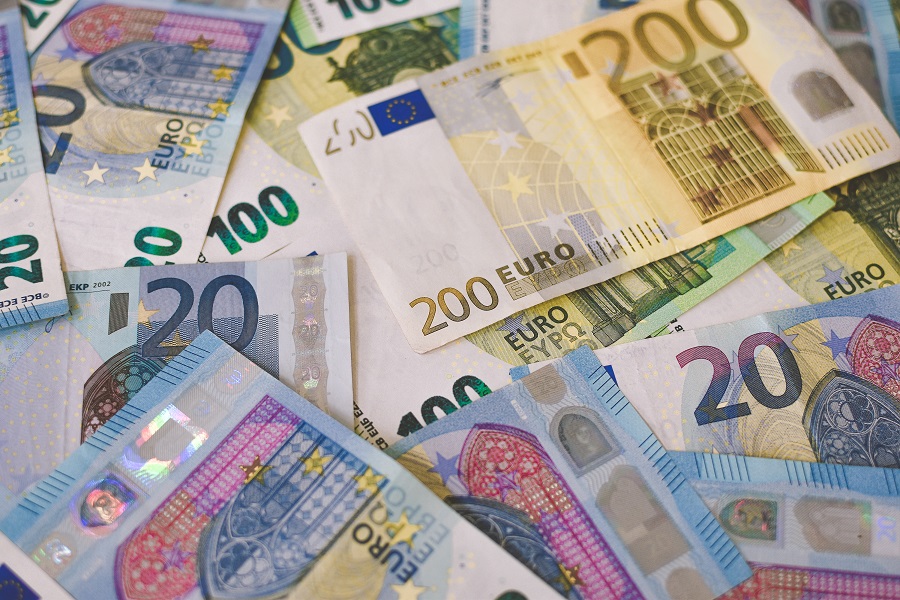Despite a clear downturn in recent Eurozone business activity, the pace eased in November, suggesting that the recession anticipated by economists may be milder than previously feared.
A Reuters poll published earlier this week noted a 78% chance of recession in the bloc within the next year, in part due to a reduction in spending by consumers feeling the pinch of the ongoing cost-of-living crisis. GDP is still expected to fall 0.4% in this coming quarter, and the one following, according to expert analysis from economists.
November is the fifth month that the S&P Global’s Purchasing Managers’ Index (PMI), typically viewed as a good measure of economic health, has been below the 50-point mark, which identifies a contraction instead of growth. However, it is up to 47.8 from October’s 47.3 in an unexpected increase, with previously indicators predicting a fall to 47.0.
The PMI follows activity in the manufacturing and services industries. In France – the bloc’s second biggest economy – the PMI showed a decline for the first time since February last year. It fell from 51.7 in October to 49.4 this month.
“Although France’s manufacturing sector has been in a downturn since the start of the second half of 2022, overall economic activity levels throughout this period had been propped up by continued growth in services. This vital support for the economy looks to have ended as service sector output fell for the first time in just over a year-and-a-half in November,” Joe Hayes, a senior economist at S&P Global Market Intelligence, told Reuters.
Meanwhile in Germany, a close neighbour and the biggest Eurozone economy, the PMI increased to 46.4 in November from 45.1 last month.
In the UK, activity experienced the fastest fall in almost two years, adding to immediate concerns of a British recession, a fear voiced by a separate Reuters poll that gave a 90% chance of a recession within the next 12 months.
Europe-wide, inflation crept to 10.6% in October, more than five times the European Central Bank’s target of 2%.
Photo source: Ibrahim Boran for Unsplash
